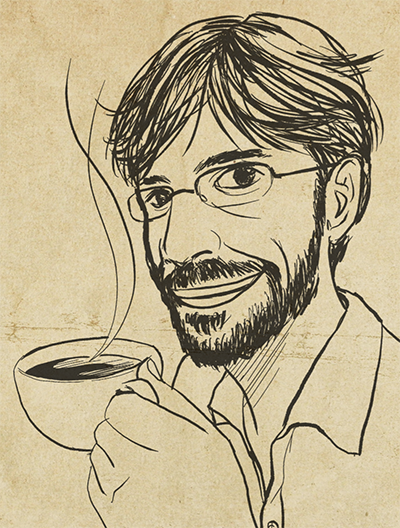Cited By
View all- Amorim ARibeiro AArouca MMeijon ICavalheiro VPestana MVieira V(2024)Gamification Techniques and Contribution Filtering in Crowdsourcing Micro-Task ApplicationsJournal on Interactive Systems10.5753/jis.2024.372715:1(401-416)Online publication date: 15-May-2024
- de Leon Pereira RTremblay-Savard O(2024)FORGE: A Framework for Organizing Rewards in Gamified EnvironmentsGames and Culture10.1177/15554120241241555Online publication date: 31-Mar-2024
- Oppenlaender JAbbas TGadiraju U(2024)The State of Pilot Study Reporting in Crowdsourcing: A Reflection on Best Practices and GuidelinesProceedings of the ACM on Human-Computer Interaction10.1145/36410238:CSCW1(1-45)Online publication date: 26-Apr-2024
- Show More Cited By




